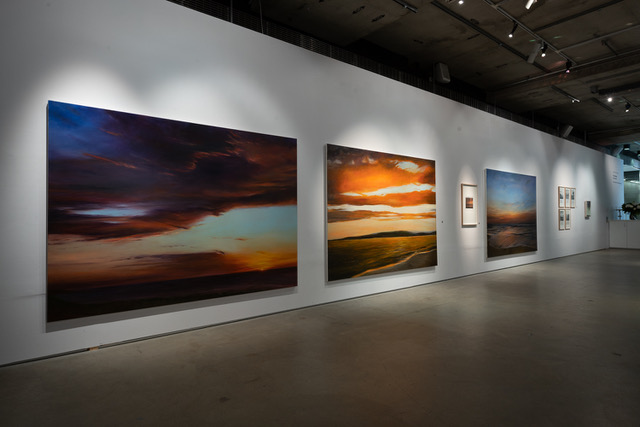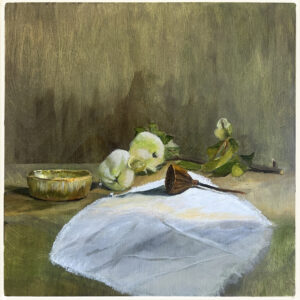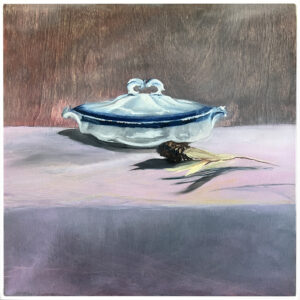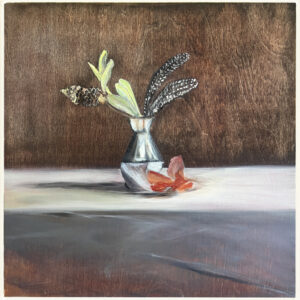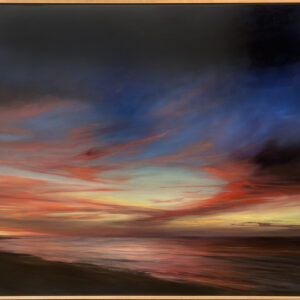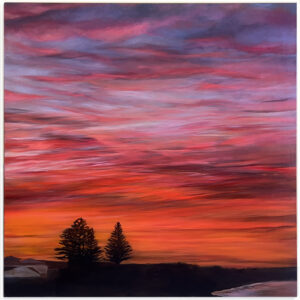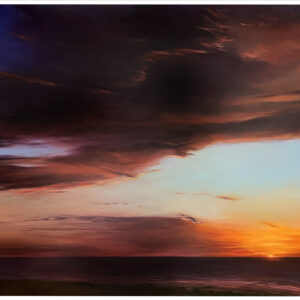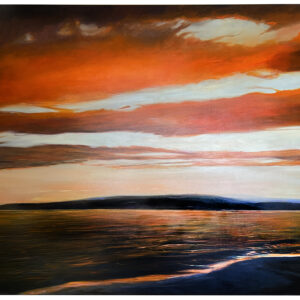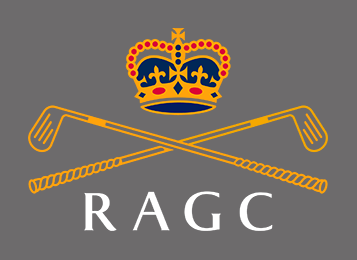Tricia Ross’ interdisciplinary research addresses the perilous state of the planet in the age of the Anthropocene. Bringing together printmaking, archive materials, photography, and painting, Earth matters confronts environmental impacts while imploring us to act on biocentric justice, weaving legal thinking and creative making, Ross draws our attention to the ongoing struggle to enact climate policies and proposes that in the face of irreversible climate change, ecological concerns require consideration about laws that do not currently exist. Hope is a future where adverse climate impacts are mitigated.
The three largest works displayed here have not previously been shown outside of Ross’ PhD examination exhibition. The following is a snippet of her exegesis that may inform her reasons for making these striking, extraordinarily large immersive landscapes.
Despair is Not an Option:
Artistic Affect and the Promotion of Triple Planetary Crisis Law Reform
Warning, It’s Not Just a Pretty Picture
by Tricia Ross
Thinking about time and temporalities was an implicit ingredient in the decision to make these paintings, because I am conscious that I do not know what the timeline will be before the scenes I now see and experience will physically change. It is in making larger painted works that I am especially mindful of the opportunity to leave evidence of my actions – large brushes, sweeping movements, and also small ‘flash’ highlights, achieved through deliberate brush notations. These marks translate visual memories I carry with me from the times spent in observation. I am conscious of the limitations that exist in painting, meaning that no matter how well skilled an artist, the act of painting the environment amounts to an act of translation from an ephemeral and ethereal experience, into a tactile and material object. What I am attempting to present to a viewer is an approximation of my visceral experience made material through the media of oil paint.
An aim in making was to focus viewer attention on the imminent and obvious changes to coastal areas that scientists warn will occur by 2050[1]. I relate this warning to the observation made by Guattari that:
The Earth is deterritorializing itself at top speed. The true utopians are conservatives of all shapes and sizes who would like for this “to hold up all the same”, to return to yesterday and the day before yesterday. What is terrifying is our lack of collective imagination in a world that has reached such a boiling point.[2]
________________
- Interactive mapping now available, enables point in time user searchability for areas of user focus: Climate Central – Surging Seas, https://sealevel.climatecentral.org/maps/.
- Colin Sterling, and Rodney Harrison, “Introduction: Of Territories and Temporalities” in Deterritorializing The Future: Heritage in, of and after the Anthropocene, ed. Colin Sterling and Rodney Harrison 188-218. (London: Open Humanities Press, 2020), 19, quoting Felix Guattari 1983 [2009], Utopia Today. In Soft Subversions: Texts and Interviews 1977 – 1985, ed. S Lotringer, 307, Los Angeles: Semiotext (e).
________________
In-grained Series:
Taking time to appreciate the beauty of the forms, structures, colours and textures in nature provides pause for thought and appreciation. In preparing the “In-grained” series, I purposefully selected items in my personal environment – things that I enjoy, notice and care for. Indoor plants, found objects and cuttings from bushes, trees and succulents provided subject matter for the works that I have made. Painted from life – that is by careful observation of the objects and how the light falls on, and around the staged arrangements – enabled an immediacy and sense of levity in the studies. I have chosen to paint on wood panels, first loosely coating the panels with washes of hues to enhance the chosen subject matter for the individual studies. To me, the evident wood grain provides additional texture and visual complexity.
Tricia Ross
Contact us HERE to enquire about these works installed at the Royal Adelaide Golf Club.
